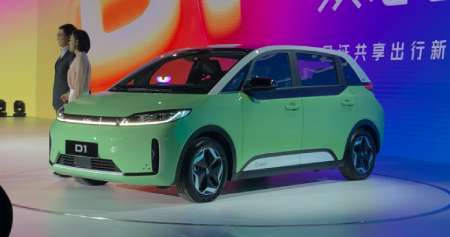New research published in Proceedings of the National Academy of Sciences, finds that recent adoption of EVs is driven overwhelmingly by technological advances, while general consumer preferences for EVs has changed little.
Improvements like increased battery range, faster charging, falling prices, and reduced operating costs have made EVs an enticing option alongside their gas-powered counterparts. (Range proved particularly important, with cars that can travel 300 miles or more on a single charge essentially as attractive as comparable gas cars in consumers’ minds, the study reveals.)
Gillingham and Carnegie Mellon University coauthors surveyed about 1,600 people who had intentions of purchasing a car or SUV within the next two years or who had purchased one within the prior year. Respondents were shown 15 sets of three vehicles with various attributes — some gasoline powered, some electric, some hybrid — and asked which one they would choose. The results from this survey were matched with results from a similar survey conducted in 2012 and 2013, and from this comparison the researchers were able to discern how much new adoption of EVs was due to consumer preferences and how much was due to technological advancements. This prompted another inquiry.
To answer this, the researchers paired the consumer adoption trends that they revealed with forecasted improvements in vehicle technology and predicted new EV offerings. Gillingham notes that there are more than 100 new EV models slated to become available globally in the next three to four years. Taken together, this information suggests that EVs could account for 40-60% of all new cars and SUVs sold by 2030. In short, it is possible that EVs could dominate the market only seven years from now.
For policymakers, the authors note, the findings suggest that rapid change and ambitious goals might be achievable. Gillingham cites one of the U.S. Environmental Protection Agency’s recently proposed rules limiting greenhouse gas emissions for cars and small trucks that, if adopted, could lead to EVs comprising about two-thirds of all new vehicle sales by 2032.
– Eurekalert







